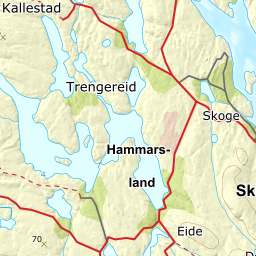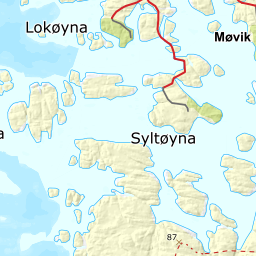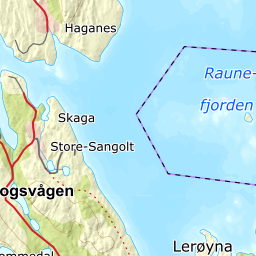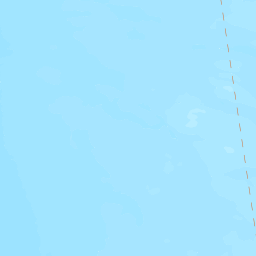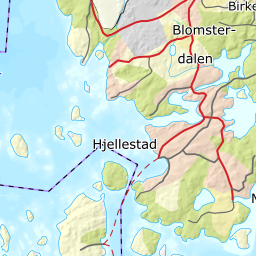From early times Tælavåg became an important vantage point for the illegal traffic westwards. In April 1943 two agents from Kompani Linge (a resistance movement) were lying under cover at Telavåg. At this time Gestapo were watching the community in collaboration with Norwegian NS-people. In the grey light of morning on 26 April Gestapo surrounded, and forced their entry into the house where they found the two agents. Shots were fired and Hauptsturmführer Johann Behrens and his next in command were killed.
This provoked reprisals. Reichskommizär Terboven himself came to Tælavåg to ensure that the community was annihilated. On 30 April all the houses in the community were blown up in front of all the inhabitants. Subsequently all adult, able-bodied men, seventy-two in all, were sent to Bergen and further on to the concentration camp of Sachsenhausen in Germany. Thirty-one of them never returned. Women, children and old people were interned at Storetveit school before being sent to Framnes People’s High School in Kvam. Here they lived for two years.
When people returned in the spring of 1945 Tælavåg lay in ruins. Four years later the community was rebuilt with support from The War Damage Social Security, The National Help and The Norwegian National Housing Bank as well as from voluntary donations. Later on damages were released from Germany.






